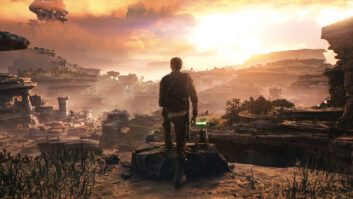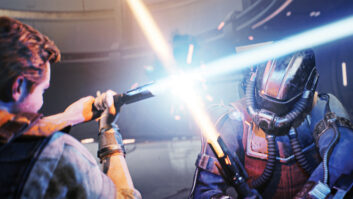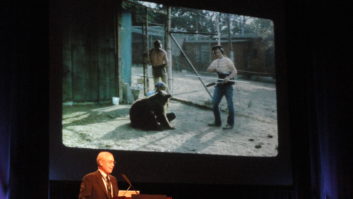A long time ago in a galaxy far, far away… or, to be more accurate, rather recently in Denver, the Colorado Symphony performed Oscar-winning composer John Williams’ full score for Star Wars: The Empire Strikes Back while accompanying the film’s screening at the 1STBANK Center in Broomfield, Colorado. But what truly elevated this cinematic performance from other popular orchestra/movie pairings—including the Colorado Symphony’s own accompaniment of Star Wars: A New Hope last year—was Clearwing Productions’ deployment of L-ISA Hyperreal Sound technology, which delivered an out-of-this-galaxy experience for those in attendance.
Clearwing is no stranger to L-ISA, having been the first North American company to utilize the system, initially for an outdoor Santa Barbara Bowl show with ODESZA, then later at the same venue with Bon Iver. However, this event marked the first time that the production company had deployed this technology for an orchestral event, and it came at the specific request of the Colorado Symphony.
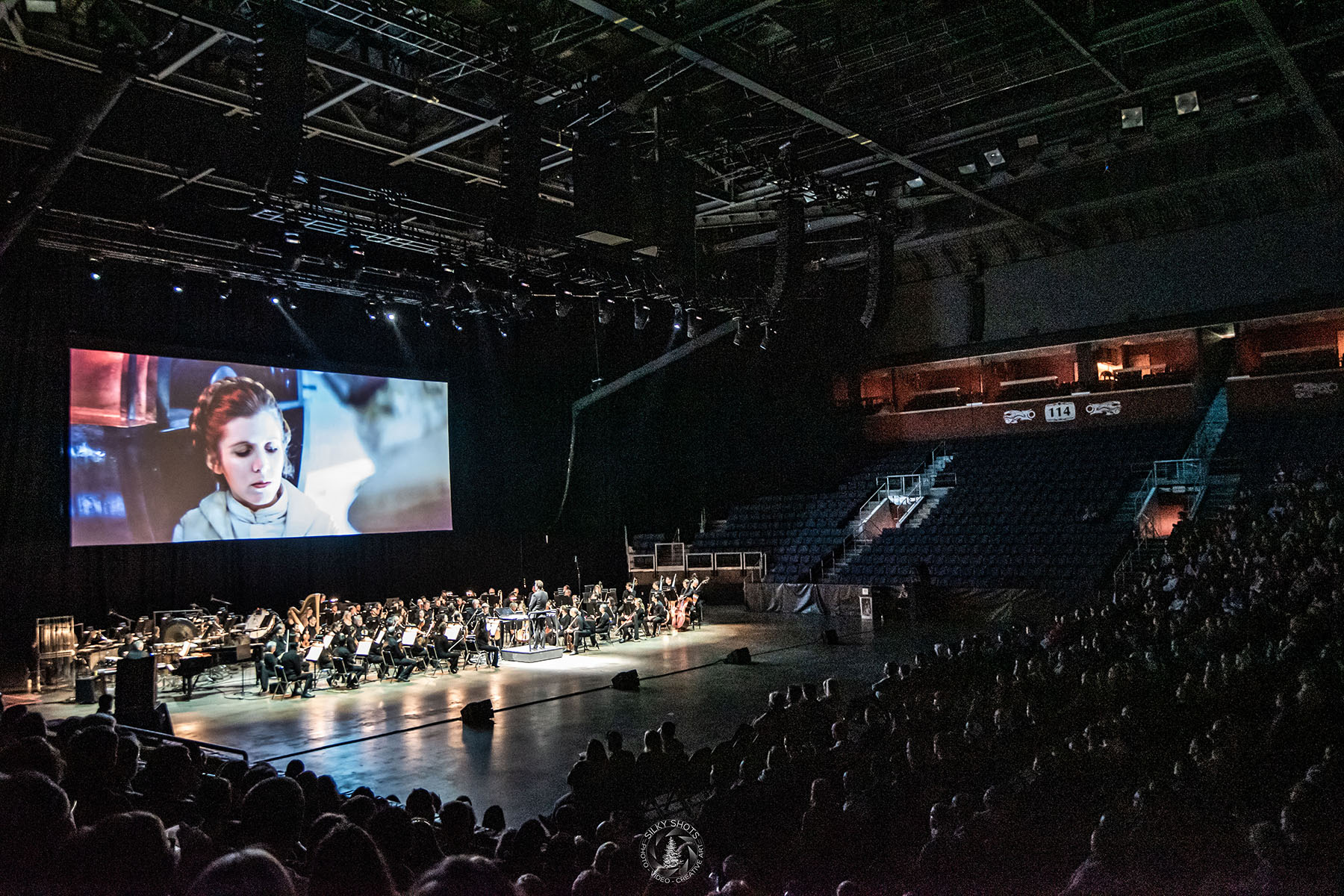
Aric Christensen, who has served as the symphony’s head of audio for the past decade and a half, first heard L-ISA for himself when Lorde’s Melodrama tour stopped at the Pepsi Center last year. “That was obviously a pop show, but I quickly saw how an orchestra could benefit in terms of being able to accurately represent a massive number of instruments across something much wider than just a traditional left-right format,” he says.
L-Acoustics invited Christensen to the L-ISA studio in Westlake Village, where the FOH engineer explains that the proverbial light bulb came on over his head. “When I was there, I listened to an immersive recording of an orchestra that was absolutely breathtaking,” he describes. “Keep in mind that I do rehearsals and shows with an amazing orchestra five days a week, but this listening experience wasn’t simply like sitting amongst the orchestra members; it was almost like I was actually inside of the players’ instruments, and the emotional impact it had on me was incredible. I wanted our audiences to be able to have a similar experience.”
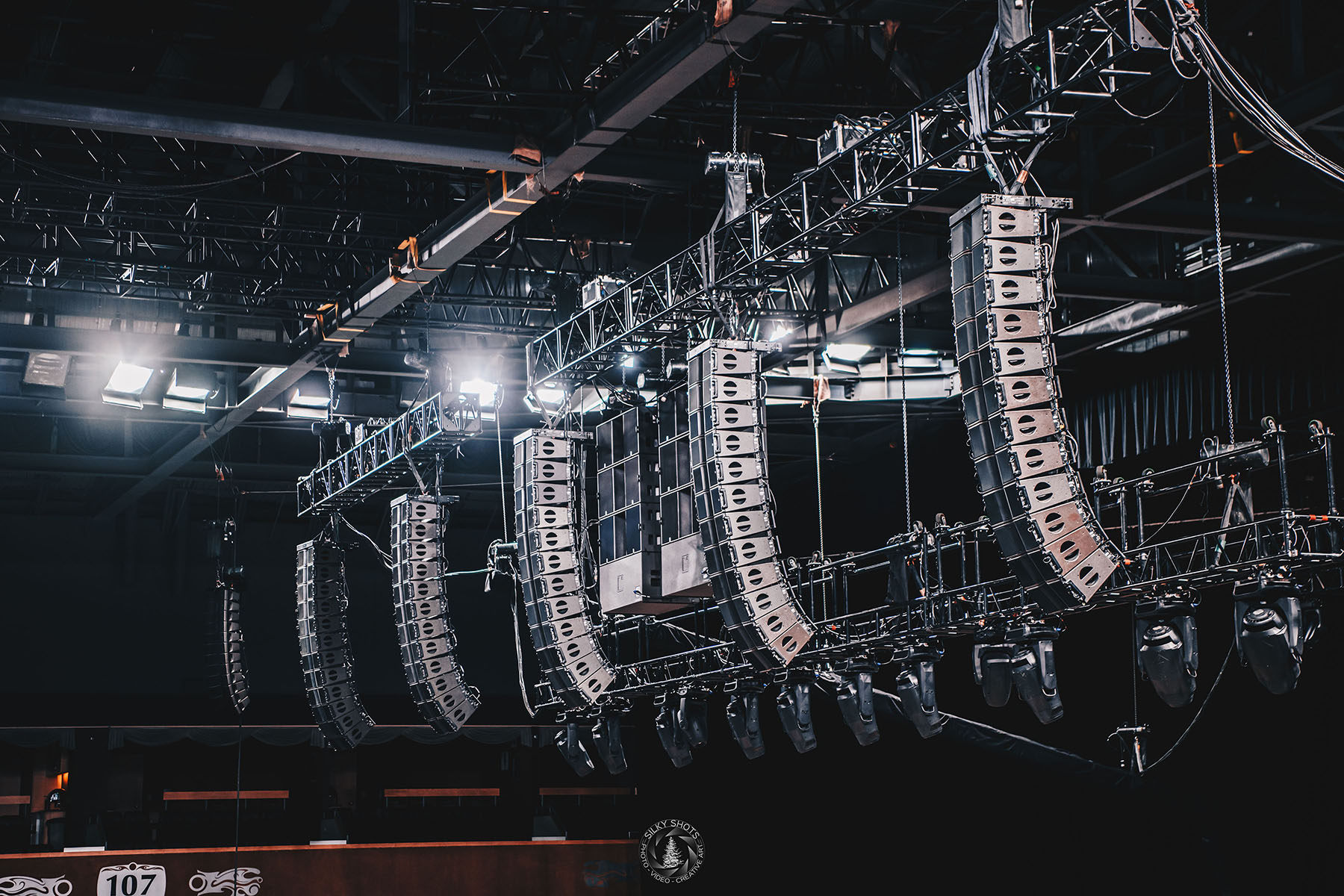
According to Clearwing Account Executive Justin Beneke, the L-ISA Wide configuration for The Empire Strikes Back at 1STBANK Center was comprised of 60 Kara flown in five identical arrays of 12 enclosures, with two outer arrays of 12 Kiva II each serving as the Extension system. Eight more Kiva II, double-stacked in four pairings, were evenly spread across the floor as audience front fills, while an additional four Kiva II per side delivered fill coverage to the front floor and bowl seats on the far sides of the performance area. Eight KS28 subs, flown in two cardioid hangs next to to the center Kara array, delivered the low-end reinforcement, and the entire system was driven by a combination of LA12X, LA8 and LA4X amplified controllers.
Mixing the shows on the orchestra’s newly Quantum-equipped DiGiCo SD7 FOH mixing console, Christensen notes that there was a total of 85 performing musicians, all individually mic’ed for maximum gain-before-feedback and isolation. Added to these inputs were three sets of stereo inputs for dialog, sound effects, and auxiliary effects—including Chewbacca’s and R2-D2’s “voices.” Furthermore, an outboard master stereo reverb unit was also utilized to give the strings and woodwinds, in particular, “a more concert hall-like feel in an arena,” he says.
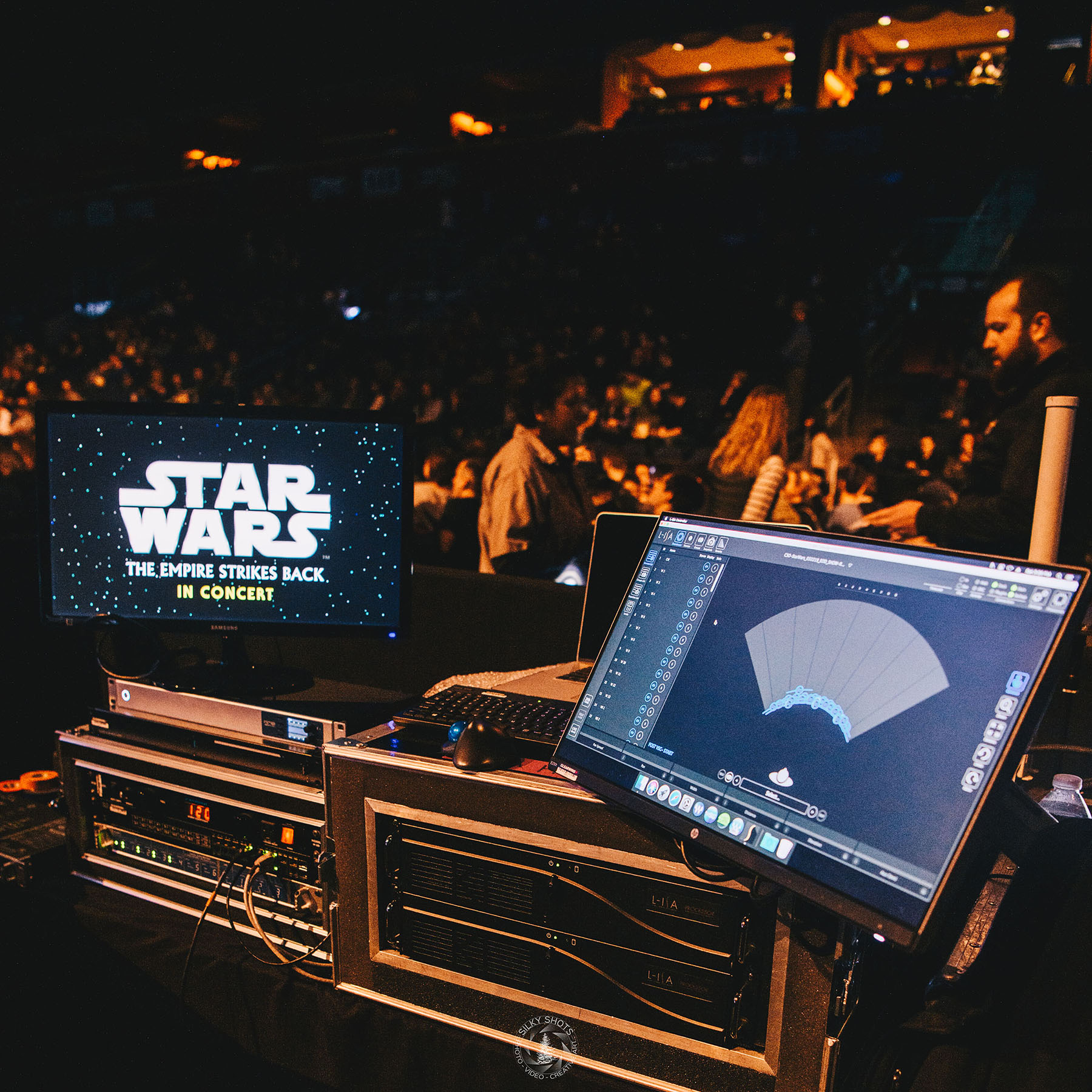
“L-ISA allowed me to do some very cool things,” Christensen explains. “Although the second violins in contemporary orchestras are always seated right next to the first violins, which are on the house left, I chose to sonically put them on the opposite side of the sound field to create a point-counterpoint interval play between them, which was really nice.
“Also, with a huge panorama of seven arrays to work within, I used L-ISA’s ‘width’ feature to stretch out each of the violin sections over several hangs—the first violins being panned out further to the left than they actually were on stage, and the second violins in the same position on the right. It gave us this really lovely, lush string sound that would be impossible to achieve with a traditional left-right or left-center-right system.”
Even though there was a year between the two Star Wars film score performances, Christensen can recall how the first one sounded—and how the second one was an improvement. “Last year, I mixed the orchestra into left and right arrays, then mono-summed the vocals and effects to the center, which sounded good. But while walking the room while doing some virtual soundchecks this year, I was tremendously impressed with the improved coverage and truly panoramic imaging throughout nearly the entire arena. L-ISA technology brought a new sense of orchestra fidelity to seats in the room where patrons normally wouldn’t be hearing a full mix of the orchestra, which was wonderful.”
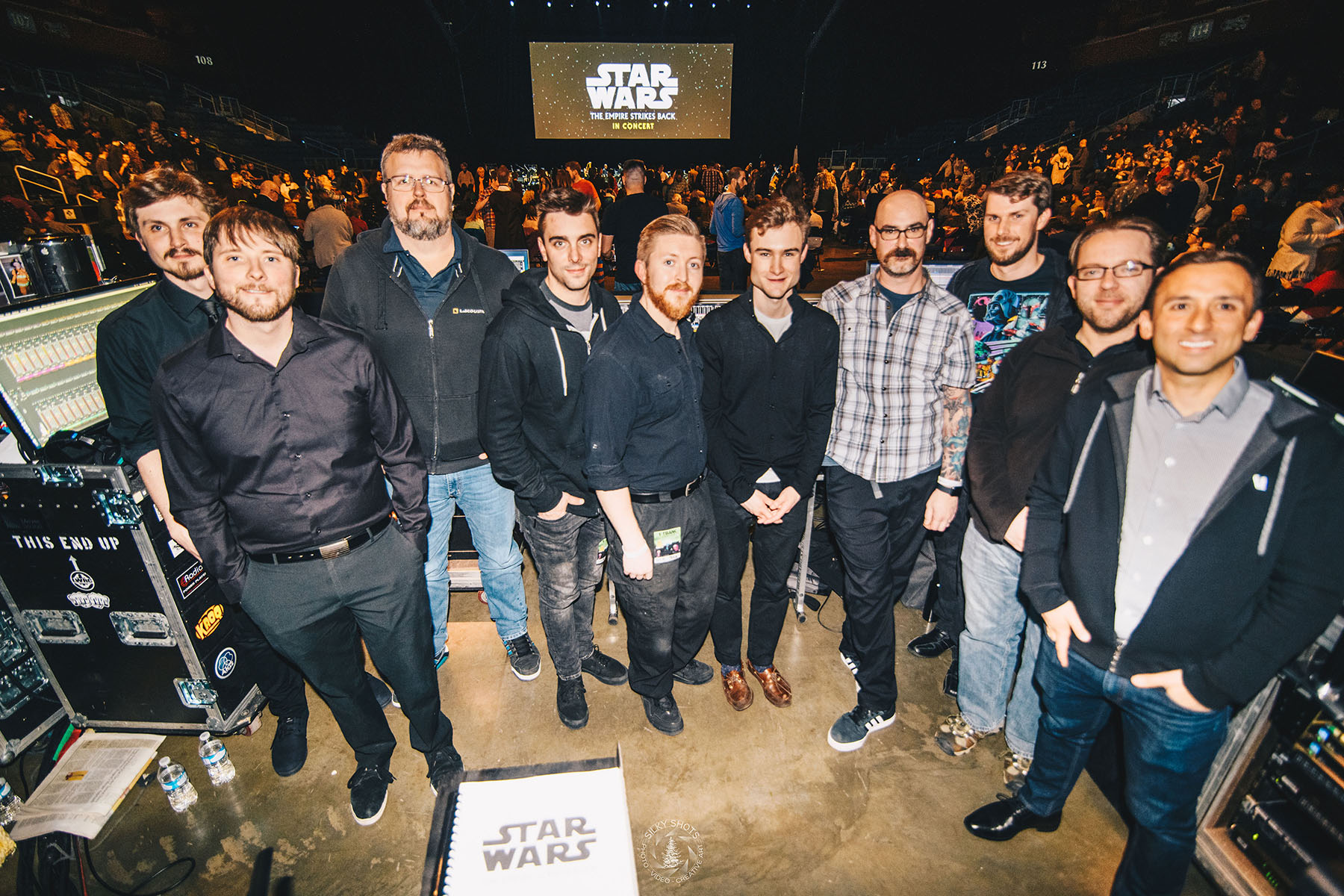
Although the engineer reports that he got a lot of positive comments back from the many audio professionals who came to hear the system, his favorite praise came from a rather unexpected source. “An older, retired gentleman who lives across the street from me took his grandkids to one of the shows,” Christensen shares. “He knows where I work, and when I saw him a few days later, he said, ‘Hey, that was really way above what I was expecting; my grandkids thought it was over the moon and one of the best concerts they’d ever seen.’
“Of course it’s always cool when trained audio professionals tell you something sounds great. But when someone who has no background in audio at all comes up to me unsolicited and says that the orchestra sounded better than they’ve ever heard, to me, that’s the biggest compliment an engineer and system can get because it means that even non-audiophiles noticed how special it was, even though they don’t have the terminology to articulate how and why.”
Christensen further extends his personal appreciation to the Clearwing Productions team as well as L-ISA Labs Engineer Carlos Mosquera and Hollywood Bowl/Walt Disney Concert Hall Principal Sound Designer Fred Vogler for their “invaluable guidance and assistance in making this production a huge success.”
For details on the Colorado Symphony and its schedule, visit www.coloradosymphony.org. Clearwing Productions can similarly be found online at www.clearwing.com.
